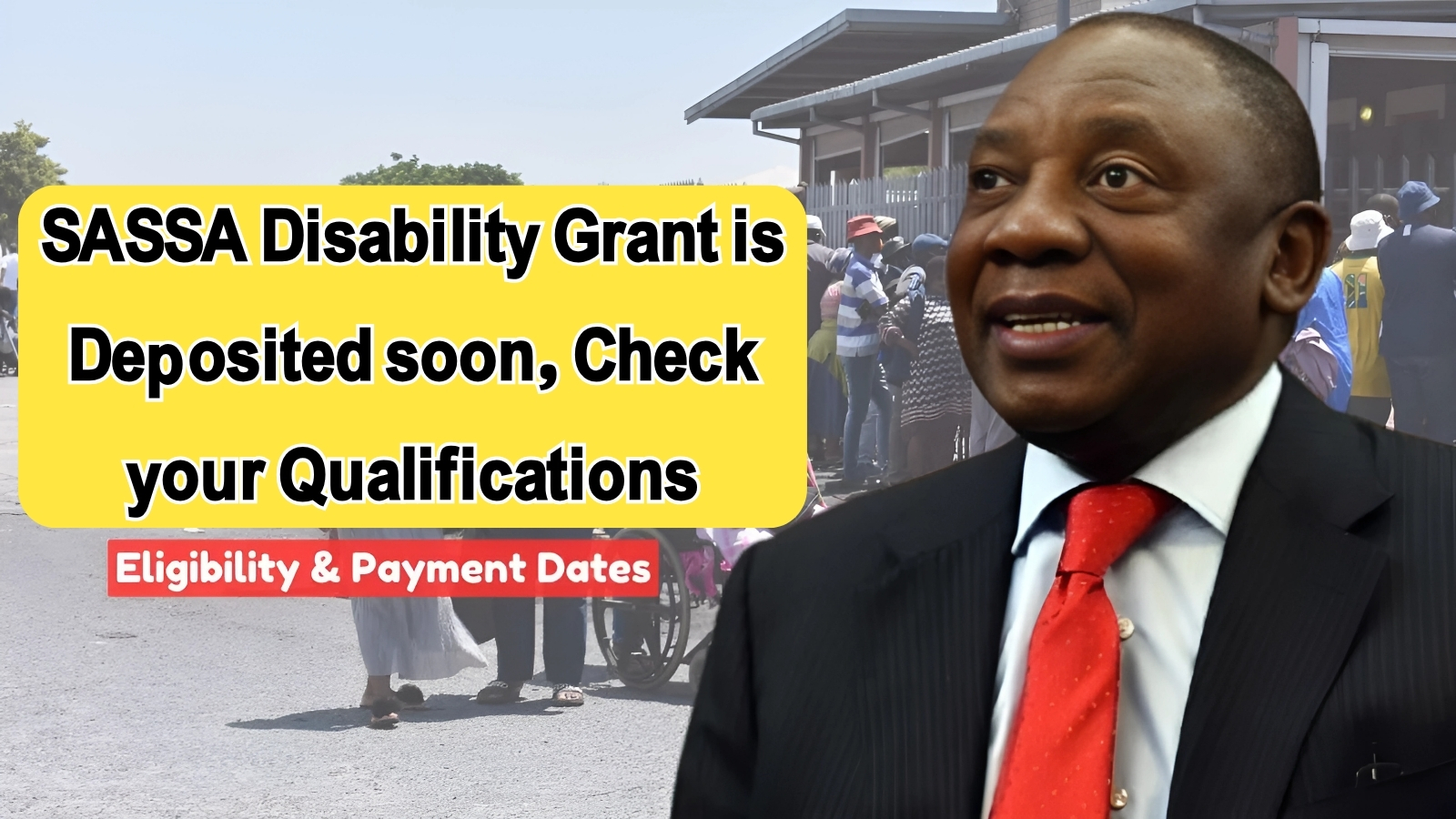Receiving notification that your Green Card file has been accepted marks a significant milestone in the journey toward U.S. permanent residency.
This acceptance represents the successful completion of initial filing requirements and the beginning of formal processing by U.S. Citizenship and Immigration Services (USCIS).
Understanding what this acceptance means, the subsequent steps in the process, and current processing trends helps applicants navigate the remaining journey with realistic expectations and proper preparation.
Understanding Green Card File Acceptance
When USCIS accepts a Green Card application file, it confirms that the submission meets basic filing requirements and contains the necessary supporting documentation.
This acceptance triggers the formal adjudication process, where immigration officers review the case details, verify information, and make determinations about eligibility and admissibility.
The acceptance notification typically includes a receipt number that enables applicants to track their case status online through the USCIS website.
This receipt serves as proof that the application is in the system and provides a reference point for all future communications with USCIS regarding the case.
Form I-485 Processing
For most applicants adjusting status within the United States, the accepted file relates to Form I-485, Application to Register Permanent Residence or Adjust Status.
Recent updates to this form, implemented in December 2024, now require concurrent filing of medical examinations (Form I-693), streamlining the process and reducing delays that previously occurred when medical exams were submitted separately.
The acceptance of an I-485 application indicates that USCIS has determined the filing is complete and properly documented.
This represents a significant hurdle cleared, as incomplete applications are typically rejected and returned to applicants, causing delays and requiring resubmission.
Current Processing Improvements and Timelines
USCIS has made substantial improvements to Green Card processing in recent years, with significant reductions in processing times and enhanced efficiency measures.
The agency has cut processing times by approximately 40% for most employment-based applications, meaning eligible applicants now typically wait about six months or less for their adjustment of status applications to be adjudicated.
Enhanced Efficiency Measures
Recent initiatives have focused on ensuring that all available immigrant visas are utilized effectively, with USCIS allocating every employment-based Green Card available under the law to eligible applicants, preventing visa waste.
Over the past three fiscal years, the agency has issued over 50% more Green Cards to workers and their families compared to previous periods.
Receipt notices are now processed within three business days for standard cases, providing applicants with faster confirmation of their filing acceptance.
This improvement addresses previous delays that left applicants uncertain about whether their applications were properly received and accepted.
Employment-Based vs. Family-Based Processing
The acceptance process and subsequent timelines vary significantly between employment-based and family-based Green Card applications.
Employment-based applications often involve multiple steps including PERM labor certification and I-140 petition approval before the final I-485 adjustment of status application.
Employment-Based Pathway
For employment-based cases, file acceptance may occur at different stages. The initial acceptance might relate to the PERM labor certification filed with the Department of Labor, followed by acceptance of the I-140 petition with USCIS, and finally acceptance of the I-485 adjustment of status application.
Premium processing options are available for most EB-1, EB-2, and EB-3 I-140 petitions, offering 15-day processing for standard cases and 45 business days for certain specialized categories. This expedited processing helps move cases through the system more quickly once files are accepted.
Family-Based Categories
Family-based applications follow different acceptance and processing patterns. Immediate relatives of U.S. citizens (spouses, unmarried children under 21, and parents) can proceed directly to adjustment of status once their I-130 petition is accepted and approved, as they are not subject to annual numerical limitations.
Other family preference categories must wait for visa availability based on the monthly Visa Bulletin before their I-485 applications can be accepted for filing. The June 2025 Visa Bulletin determines current filing eligibility for these categories.
What Happens After File Acceptance
Once a Green Card file is accepted, several important steps occur in the background. USCIS initiates background checks, schedules biometrics appointments when required, and begins the detailed review of all submitted evidence and documentation.
Biometrics and Background Checks
Most applicants must attend a biometrics appointment where fingerprints, photographs, and signatures are collected for security screening purposes.
These biometrics are used to conduct comprehensive background checks through various federal databases to ensure applicants meet admissibility requirements.
The background check process includes review by multiple agencies and can occasionally cause delays if additional investigation is required.
However, most routine background checks are completed efficiently as part of the standard adjudication timeline.
Medical Examination Requirements
With the updated Form I-485 requiring concurrent medical examination filing, applicants must submit completed Form I-693 from a USCIS-designated civil surgeon at the time of initial filing. This change eliminates previous delays when medical exams were requested later in the process.
The medical examination includes required vaccinations, screening for communicable diseases, and evaluation of physical and mental health conditions that might affect admissibility.
Ensuring the medical exam is completed properly and submitted with the initial filing helps prevent requests for additional evidence.
Monitoring Case Progress
After file acceptance, applicants can monitor their case progress through multiple channels. The USCIS online case status tool provides real-time updates using the receipt number issued upon acceptance.
This system indicates when cases move through different processing stages and alerts applicants to any required actions.
Communication from USCIS
USCIS communicates with applicants through official notices sent to the address on file. These communications may include requests for additional evidence, interview scheduling notices, or decisions on the application. Maintaining current address information with USCIS is crucial to ensure timely receipt of important correspondence.
The agency has improved its communication systems to provide clearer information about case status and requirements. Enhanced online tools and notification systems help applicants stay informed about their case progress without requiring frequent inquiries to customer service.
Preparing for Potential Next Steps
While waiting for case adjudication, applicants should prepare for potential next steps including interviews, requests for additional evidence, or final decision notifications. Understanding these possibilities helps ensure quick response times when action is required.
Interview Preparation
Many Green Card applications require in-person interviews at USCIS offices. These interviews typically focus on verifying information provided in the application and assessing the authenticity of relationships in family-based cases or employment arrangements in employment-based cases.
Preparing for interviews involves reviewing all submitted documentation, gathering any additional evidence that might be helpful, and ensuring familiarity with case details and timelines. Having original documents available for review during interviews is essential.
Employment Authorization and Travel
Adjustment of status applicants can apply for employment authorization and travel documents while their Green Card applications are pending.
These applications (Forms I-765 and I-131) can often be filed concurrently with the I-485 or after the Green Card file is accepted.
Current processing times for employment authorization documents have improved significantly, with Form I-765 applications now processed faster than any year since 2017. This improvement helps applicants maintain employment authorization while awaiting Green Card approval.
Managing Expectations and Timeline
Understanding realistic timelines helps manage expectations during the waiting period. While processing times have improved, various factors can affect individual case timelines including country of birth, priority dates, case complexity, and current USCIS workload.
Priority Date Considerations
For applicants subject to annual numerical limitations, priority dates continue to play a crucial role even after file acceptance. Changes in Visa Bulletin dates can affect case progression, particularly for applicants from countries with high demand such as India, China, Mexico, and the Philippines.
Monitoring monthly Visa Bulletin updates helps applicants understand when their cases might move forward in the adjudication process. USCIS provides guidance on whether the Dates for Filing or Final Action Dates charts should be used for different application types.
Green Card File is accepted Now
While Green Card applications are pending, maintaining legal status and compliance with all immigration requirements remains essential.
This includes timely filing of any required renewals, maintaining authorized employment, and promptly notifying USCIS of any changes in circumstances.
Changes that must be reported include address changes, employment changes, marital status changes, and any arrests or criminal issues that arise during processing. Failure to report significant changes can negatively impact case adjudication.
The acceptance of a Green Card file represents the beginning of the final phase of the immigration journey toward permanent residency.
Understanding the process, maintaining realistic expectations, and staying prepared for next steps helps ensure successful navigation through to final approval and the achievement of lawful permanent resident status in the United States.














